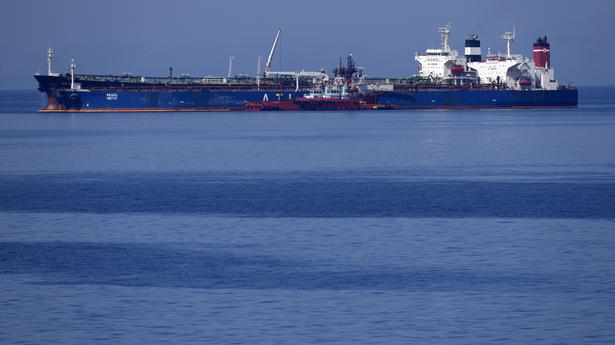
Explained | Why are Turkey and Greece at odds over islands in the Aegean Sea?
The Hindu
Greece and Turkey have had long-standing rival claims over the Aegean territory, even finding themselves on the brink of war over the issue in the past
The story so far: Warning Greece “to stay away from dreams and actions” that it would later regret and urging it “to come to its senses”, Turkish President Recep Tayyip Erdogan on June 9 told the country to demilitarise islands in the Aegean Sea. Mr. Erdoğan added that he was “not joking” with the admonition.”
Turkey alleges that Greece has been building a military presence in violation of international treaties that guarantee the unarmed status of the Aegean islands. Meanwhile, Greece maintains that Turkey has deliberately misinterpreted the treaties, adding that it has legal grounds to defend itself.
In late April, the two NATO allies traded barbs about airspace violations over the Aegean Sea. Greece informed NATO about a series of overflights in the Aegean Sea by Turkish fighter jets. Turkey retaliated by saying that Greece was the one “instigating” tensions by carrying out “provocative flights” near Turkish coasts.
The Aegean Sea, spanning over two lakh square kilometres, is an arm of the Mediterranean Sea. It is located in the East Mediterranian Basin with the Greek peninsula to its west and Anatolia (consisting of the Asian side of Turkey) to its east. There are more than a thousand islands in the Aegean Sea, almost all Greek, and some within two kilometres of mainland Turkey or the Turkish west coast.
Greece and Turkey have been regional adversaries on a host of issues concerning the Aegean sea since the 1970s, both asserting rival claims over their borders in the Sea. They came to the brink of war in 1996 over a pair of uninhabited islets in the Aegean Sea, referred to as the Imia islets in Greece and as Kardak in Turkey. A Turkish cargo ship had run aground in Imia in December 1995 and both countries rushed to salvage it. Turkey rejected Greece’s help and its sovereignty over Imia. Shortly after, both countries moved their navies towards Imia, resulting in a standoff that spilled over into January of 1996. The issue attracted international concern as both countries began to mobilise their forces for war, however, global intervention prevented further escalation.
Over the decades, attempts at resolving disagreements over the Aegean Sea have seen the involvement of multiple actors like the United Nations, the United States, European countries, the International Court of Justice, and NATO.
The Lausanne Treaty of 1923 was signed at the end of the First World War to settle the conflict between Turkey (the successor of the Ottoman Empire) and the Allied Powers including Greece. The Treaty defined the boundaries of Turkey and Greece, and several islands, islets and other major territories in the Aegean Sea beyond three miles from the Turkish coast were ceded to Greece, with the exception of three groups of islands. Under the terms of the Treaty and the Lausanne Convention of 1923, Greece was obligated to keep the islands demilitarised. The Treaty also opened up civilian shipping passage in the Turkish Straits and mandated Turkey to demilitarise the straits. Turkey also ceded Cyprus to the British.













